The End of Eurasian Brotherhood? Azerbaijan Reconsiders Its Friends
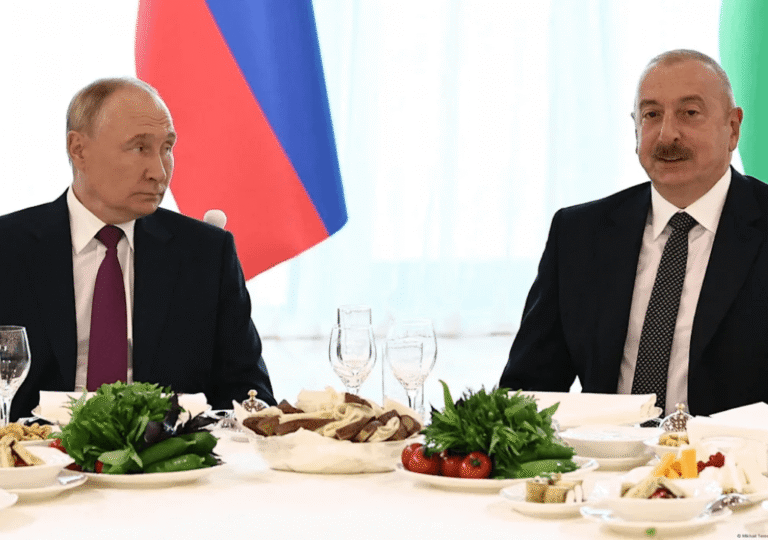
Is Azerbaijan moving away from Russia’s influence? Explore the shifting dynamics, growing ties with Turkey, and what this means for the South Caucasus.

Is Azerbaijan moving away from Russia’s influence? Explore the shifting dynamics, growing ties with Turkey, and what this means for the South Caucasus.
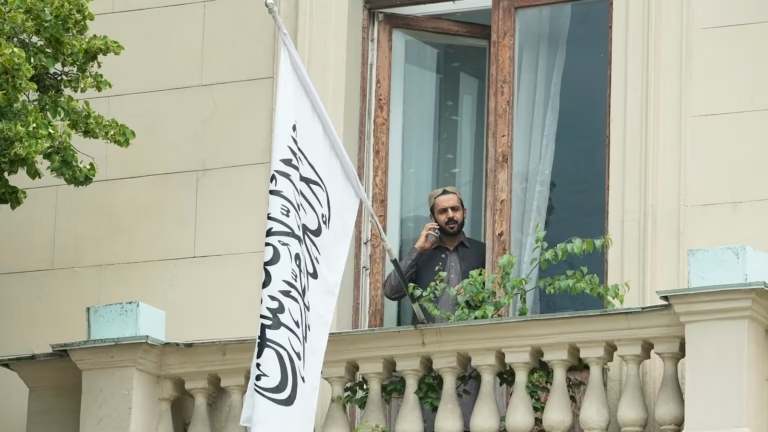
Russia has become the first country to formally recognize the Taliban’s Islamic Emirate of Afghanistan. What does Moscow stand to gain from this move?
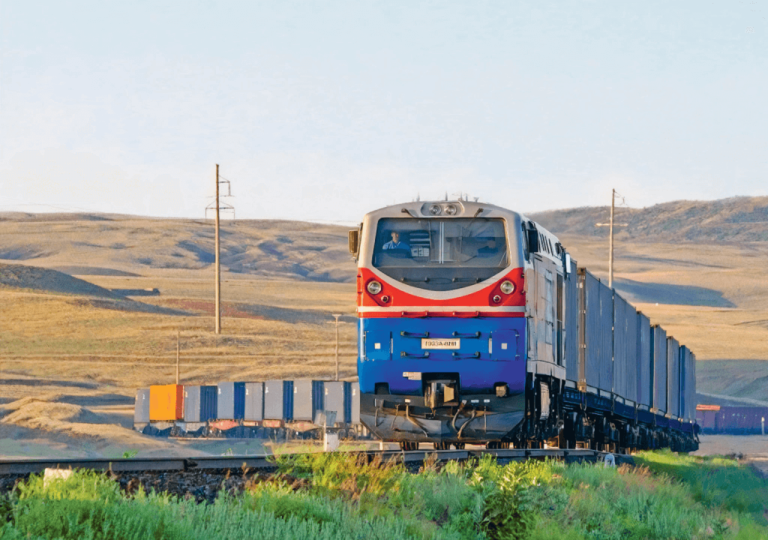
Discover how new rail routes in Central Asia are strengthening Kazakhstan’s strategic importance, enhancing trade, and redefining regional influence.
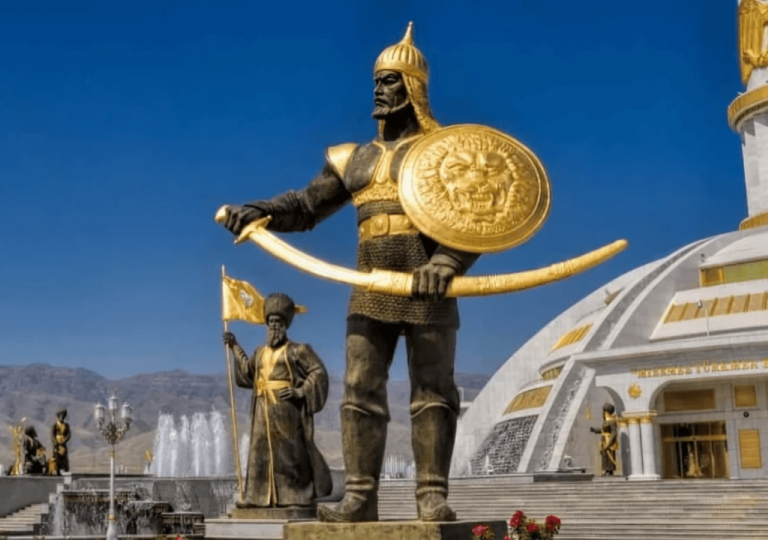
Turkmenistan is pushing to integrate into the Middle Corridor trade routes, seeking to expand its economic influence and boost regional connectivity. Will it succeed in reshaping its role in Eurasian trade?
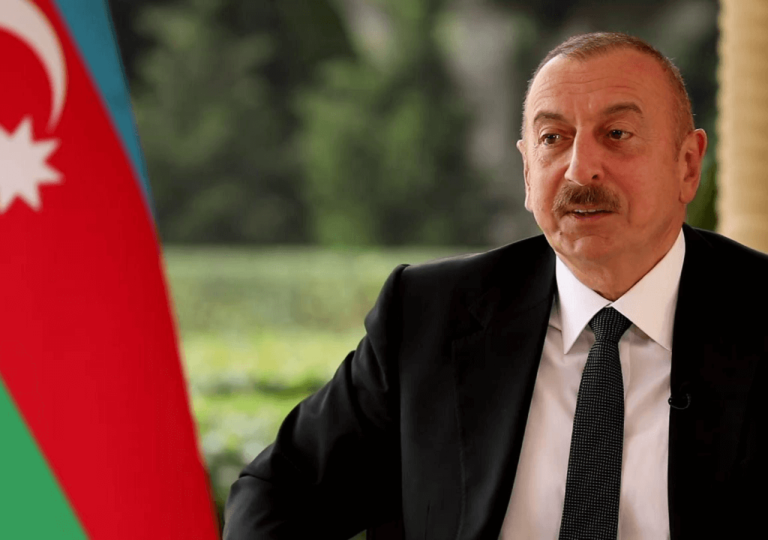
Azerbaijan’s rare defiance against Russia marks a shift in regional power dynamics. What led to this bold move, and what does it mean for Moscow’s influence?
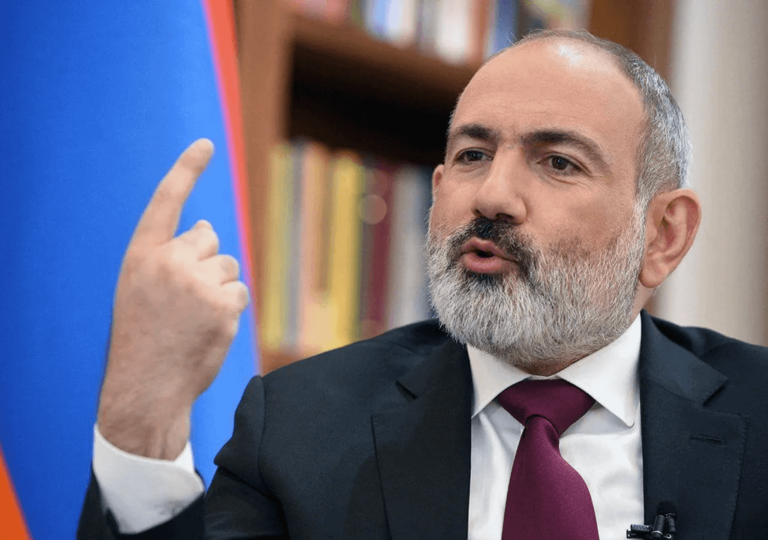
Armenia is shifting its geopolitical focus westward, strengthening ties with the U.S. and EU amid tensions with Russia

Russia apologizes to Azerbaijan after accidentally shooting down a civilian plane, straining their historic alliance
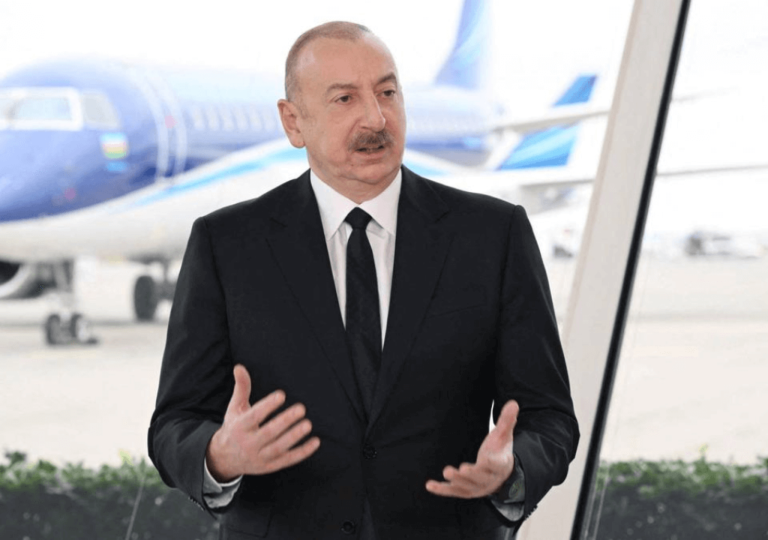
Azerbaijan's loyalty to Russia is tested after a tragic plane crash, prompting demands for accountability and potential shifts in alliances
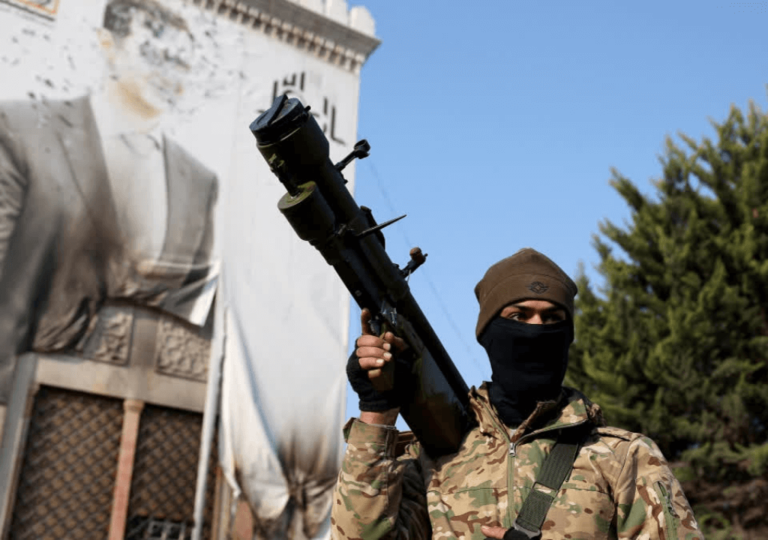
The Syrian civil war has officially ended, with Hay’at Tahrir al-Sham now governing a fractured nation
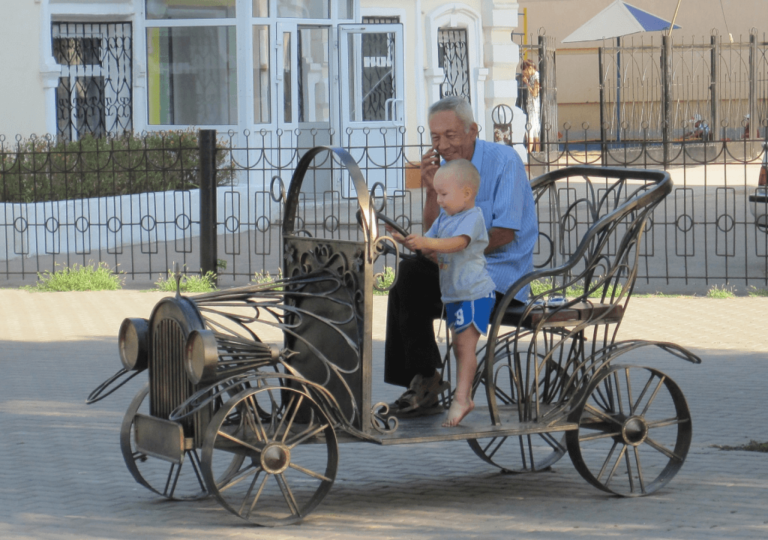
Kazakhstan's economy suffers as reliance on Russia deepens amid sanctions, leading to currency depreciation and rising inflation